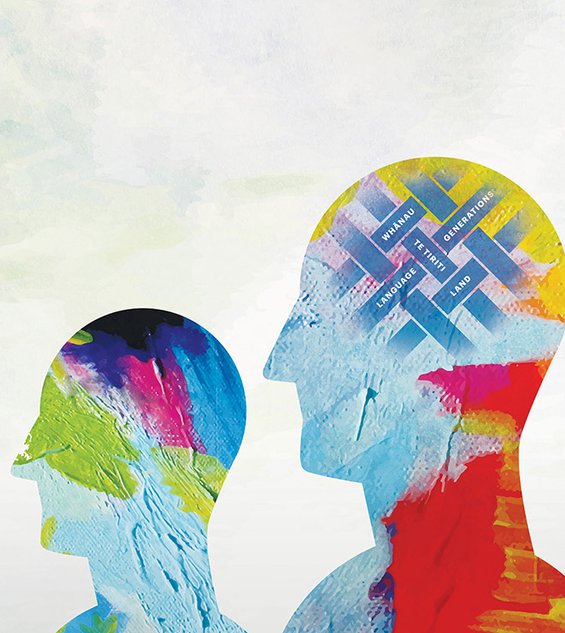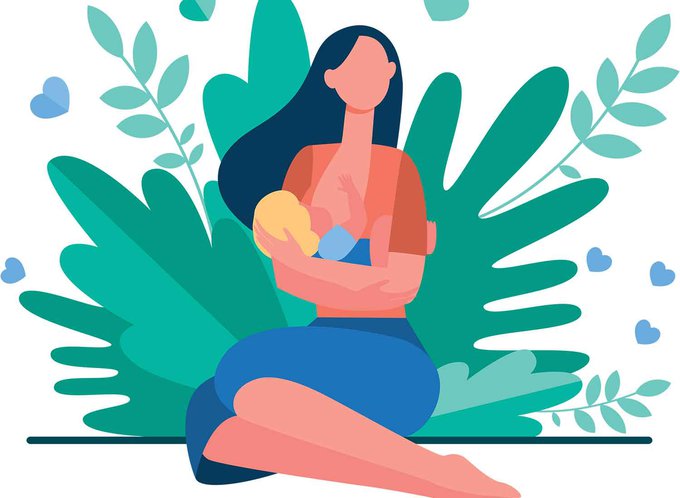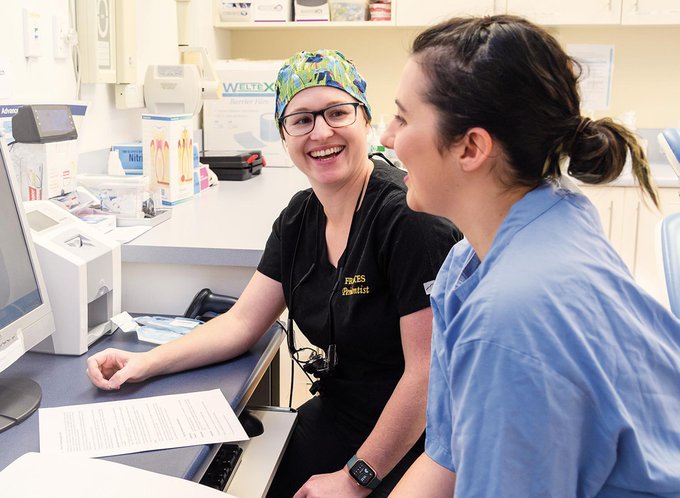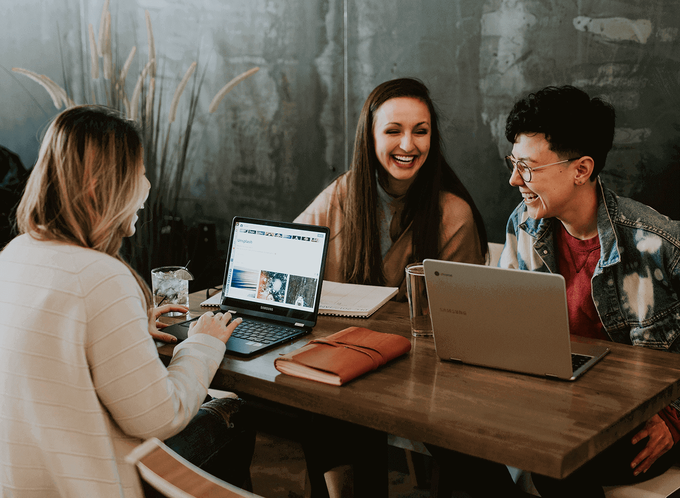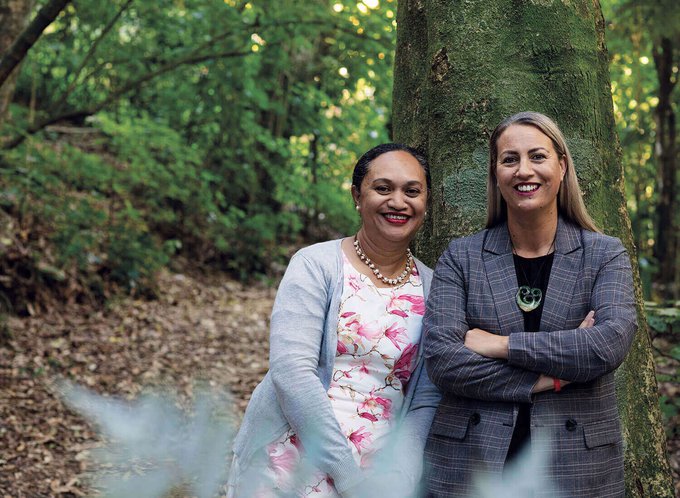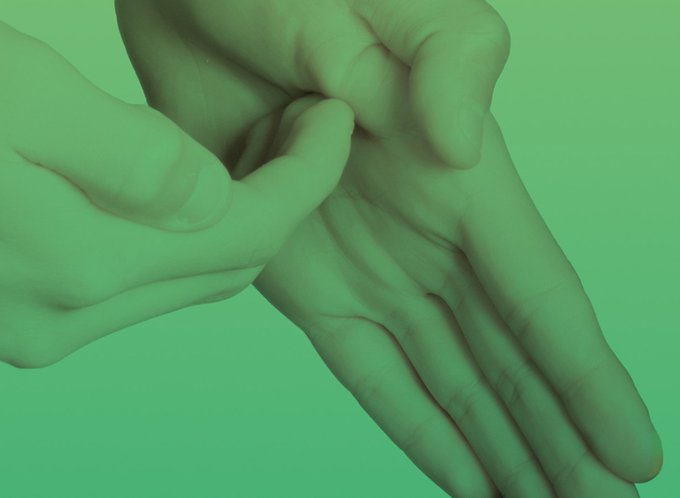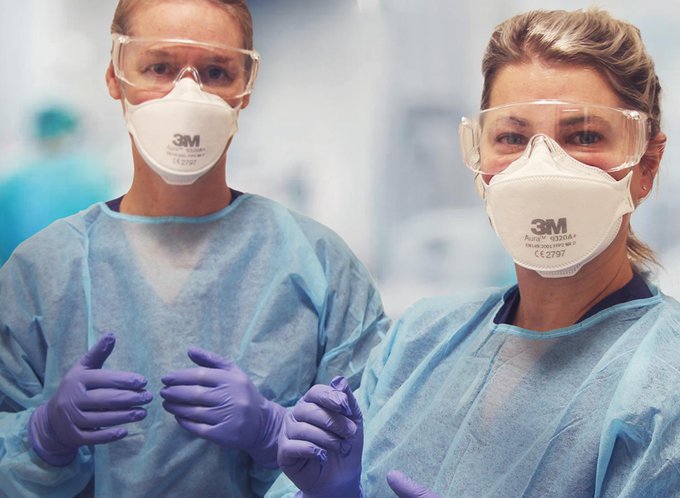MAS Foundation trustee Sharon Shea MNZM (Ngāti Ranginui, Ngāti Haua, Ngāti Hine and Ngāti Hako) discusses what needs to happen to make Aotearoa’s healthcare system more equitable.
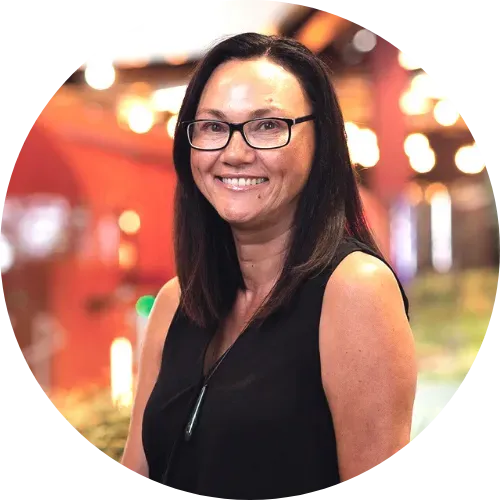 Creating equity within the healthcare sector starts with understanding Māori have a different worldview when it comes to health and wellbeing. If we can find a way for the health system to have a better understanding of the needs and preferences of Māori, we have a good chance of creating a fair and equitable system.
Creating equity within the healthcare sector starts with understanding Māori have a different worldview when it comes to health and wellbeing. If we can find a way for the health system to have a better understanding of the needs and preferences of Māori, we have a good chance of creating a fair and equitable system.
We have to be cognisant of different interpretations of healthcare concepts and pick up on the cultural nuances and drivers of wellbeing. We need to acknowledge the beauty of cultural intelligence and how this can enable providers and professionals to deliver health and wellbeing outcomes to people who need support the most. I don’t think we’re as good as we could be – yet – at recognising that people’s views, values and cultural beliefs play a huge part in their wellbeing.
It starts with understanding the differences in language and meaning. Oranga is a Māori term that has been translated to mean health and wellbeing. However, health through a traditional medical lens and oranga through an indigenous lens are very different concepts.
Oranga typically has three components. There’s whānau, which acknowledges that we don’t exist in isolation from our families. There’s whenua, which is our connection to the land and how important that is in terms of our cultural identity, and there’s whakapapa, our genealogy and history, where we’ve come from. All of these things need to be valued, in balance and ‘well’ for Māori to thrive.
In addition, I like to add whaikaha, which is about strengths. I think it’s really important that we know how to identify and combine our strengths to thrive – for ourselves, and importantly, for our whānau and our many generations to come.
All these facets are so important to Māori health and wellbeing, and we need to acknowledge that it’s about more than just physical and mental health. If we’re more aware and able to bring this into our decision making and think laterally about solutions to ‘health’ issues, we’re much better positioned to all thrive collectively.
The strength of every person
The Māori language often combines two separate words to create new meaning. A great example is rangatira.
Generally, the word rangatira is known to mean a leader. If you break the word down, it combines two words. Ranga means to weave and tira means to come together or a company of people. So a rangatira is someone who has the ability to lead others and bring them together for a common purpose. Every Māori child is born to be a rangatira. It’s just that life circumstances and systems can get in the way.
Systems are one of the main drivers of inequity and specifically systems that are designed based upon one dominant cultural view. They end up benefiting one culture over another. It’s unfortunate that these systems exist, but they do. So our opportunity is to support those who were born to be rangatira to actually fulfil their destiny. It’s a fantastic opportunity for us all. Don’t we all want our children and mokopuna to fulfil their destiny and be the rangatira they were born to be?
As indigenous people, we’ve long said that, when we create pathways that support genuine engagement based on Māori wellbeing, linked to the Treaty, we can also create pathways for others who may be disadvantaged or feeling disempowered. Equity is one of the principles of te Tiriti, and part of that is ensuring that we’re helping the people who are most unfairly disadvantaged – and often that disadvantage is avoidable.
Te Tiriti – more than a foundation document
So how do we make te Tiriti o Waitangi not just a foundation document but something that enables this country to be the best that it can be? By investing in Māori wellbeing, I believe we can create opportunities that will benefit everyone.
Over the last five or so years, the conversation happening around te Tiriti has become a lot more mature. We’re becoming more open about talking about the past. How do we redress situations of the past? But also, importantly, how do we invest in our future?
I believe in intergenerational wellbeing, which brings me to another Māori word: mokopuna. It’s made up of two words: moko meaning tattoo or blueprint, which I associate with the moko on a face, and puna meaning a spring or pool. This beautiful word means that, when we look at our grandchildren, we’re looking at the faces of our ancestors. Mokopuna are the blueprint of their ancestors. By investing in our mokopuna, we’re actually investing not only in our past, but also in our present and future.
But if we have just one dominant Western-centric or medical worldview and we stick to that, we’re not going to thrive as a multi-ethnic country. In fact, we risk going backwards.
We have an opportunity now to partner together as Kiwis and do all the number 8 wire work we can to make sure we look after this country and our mokopuna and to show the world how fantastic we are.
We’ve got such a unique chance to make intergenerational investments towards oranga, towards wellbeing for all.
Know someone who might enjoy this?
Read this next
-
March 2021
Helping Kiwi babies thrive
-
July 2021
Now I can finally smile
-
July 2021
Equity in education
-
July 2021
Shared ambition
Greater good
See all-
March 2021
Candles for a cause
-
March 2021
Helping Kiwi babies thrive
-
March 2021
Creating a Deaf-inclusive Aotearoa
